The workshop was organized within the framework of the National Science Project " Art Development in Vietnam to 2030, vision to 2045" , aiming to create a forum for exchanging international experiences and suggesting directions for art development in Vietnam in the coming time.
The workshop was attended by many experts, researchers, artists, and managers from domestic and international agencies and organizations.
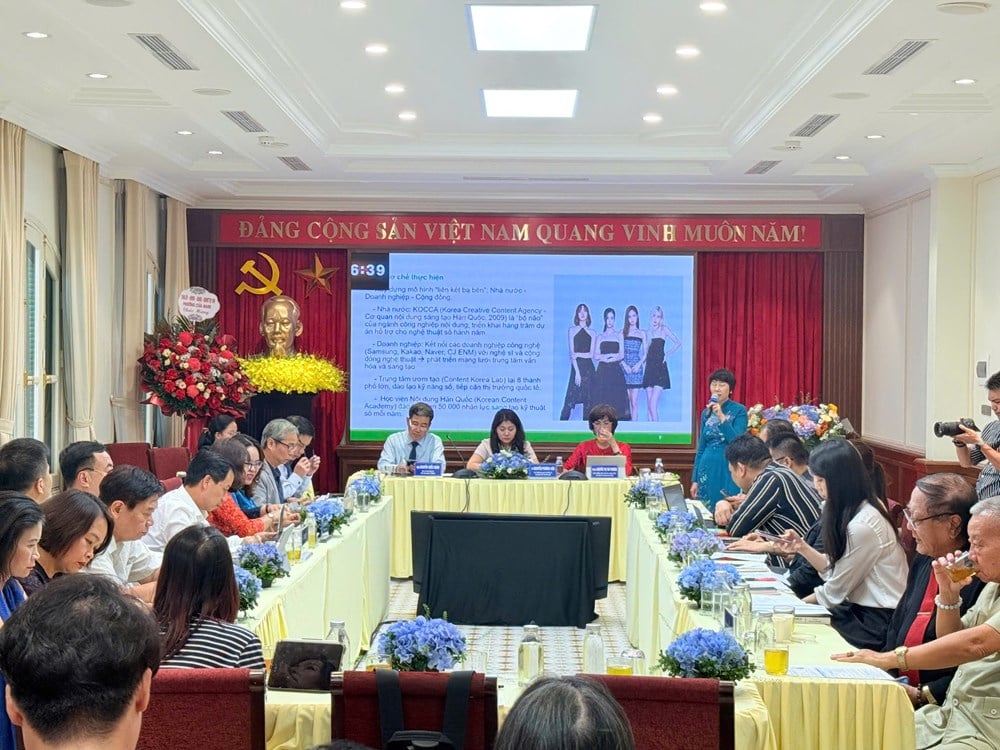
Inspire creativity, share experiences, propose policies
Speaking at the opening of the workshop, Mr. Nguyen Quoc Hoan, Deputy Secretary of the Party Committee, Chairman of the People's Committee of Cua Nam Ward said:
The international conference with the theme of Art Development in the Context of Globalization and Digital Transformation: International Experience and Lessons for Vietnam is not only an academic event, but also an important milestone, opening up opportunities for us to together shape the future of Vietnamese art in the new era.
In the context of strong globalization and digital transformation, creating a strategic development orientation for literature and art is not only a task of preserving and promoting national identity but also a path to deeply integrate Vietnamese culture and people, contributing to the sustainable development of the country.
In Cua Nam ward as well as in Hanoi city, culture and art are always identified as the core foundation, contributing to enhancing the position of the Capital - "Creative City" in the UNESCO Creative Cities network.
Joining experts, scientists, managers and artists in this workshop is an opportunity for us to share our vision and create new values for Vietnamese art.
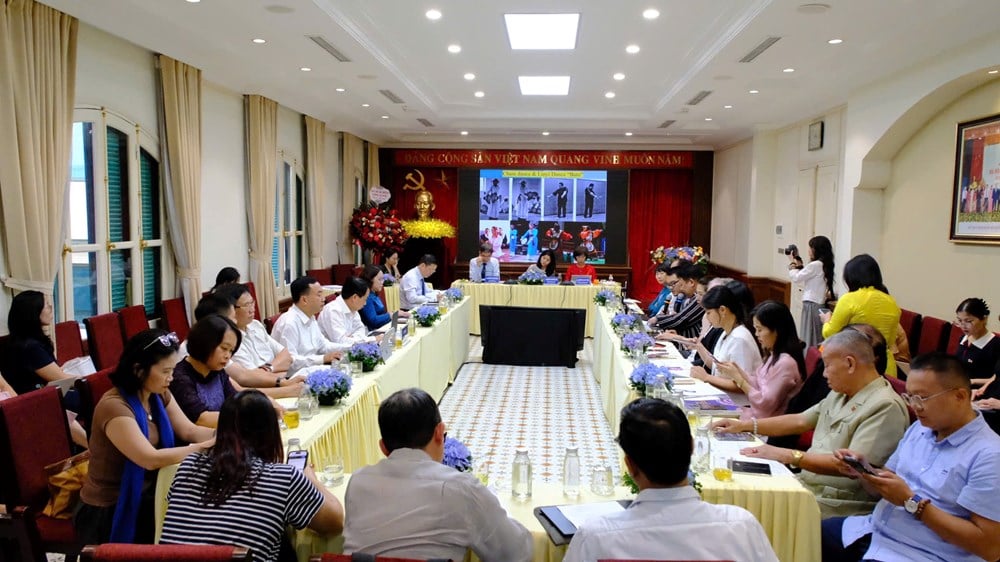
According to Mr. Nguyen Quoc Hoan, the conference received attention and enthusiastic response from the academic and artistic community at home and abroad. With 3 valuable international presentations by scholars from Japan, Korea, France, and 36 presentations by Vietnamese experts, the conference brought multidimensional perspectives and breakthrough solutions.
The presentations focused on key contents: Identifying trends in art development in the context of globalization and digital transformation; analyzing international experiences and drawing practical lessons for Vietnam; proposing strategic solutions, contributing to shaping the sustainable development of the country's art.
Mr. Nguyen Quoc Hoan hopes that the workshop will become an open dialogue forum where creative ideas are inspired, valuable experiences are shared, and practical policies are proposed.
The contributions at the workshop will be the foundation for state management agencies, especially the Hanoi People's Committee, to continue to perfect mechanisms and policies, promoting the development of art forms, worthy of the stature of the thousand-year-old capital.
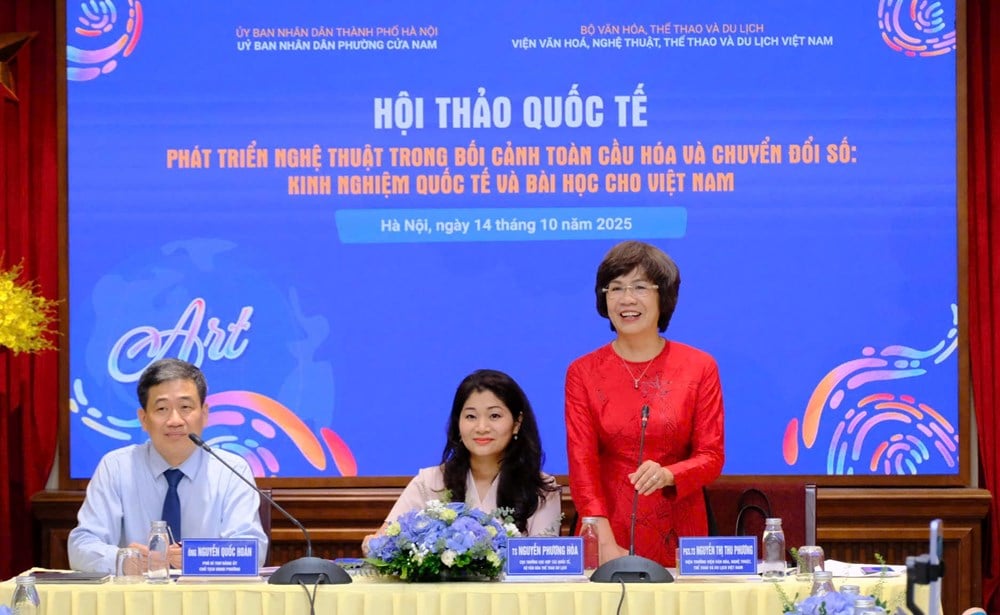
Speaking at the workshop, Associate Professor Dr. Nguyen Thi Thu Phuong, Director of the Institute of Culture, Arts, Sports and Tourism, said: Art is a broad field, always strongly affected by economic, political and social changes at home and abroad.
Over the past decades, art development in Vietnam has achieved many positive results: the ecosystem of activities is increasingly rich; the quality of creation is improved; creative participants are diverse; opportunities for the public to access and enjoy art are expanded; the art market has initially formed and developed.
In the context of rapid globalization and digital transformation, the art sector faces both opportunities and challenges. Developing art today requires inheriting traditional values, absorbing contemporary trends, taking advantage of technological power and international integration.
At the same time, Vietnam is implementing the Cultural Development Strategy to 2030, so research and exchange of international experiences on art development are all the more practical.
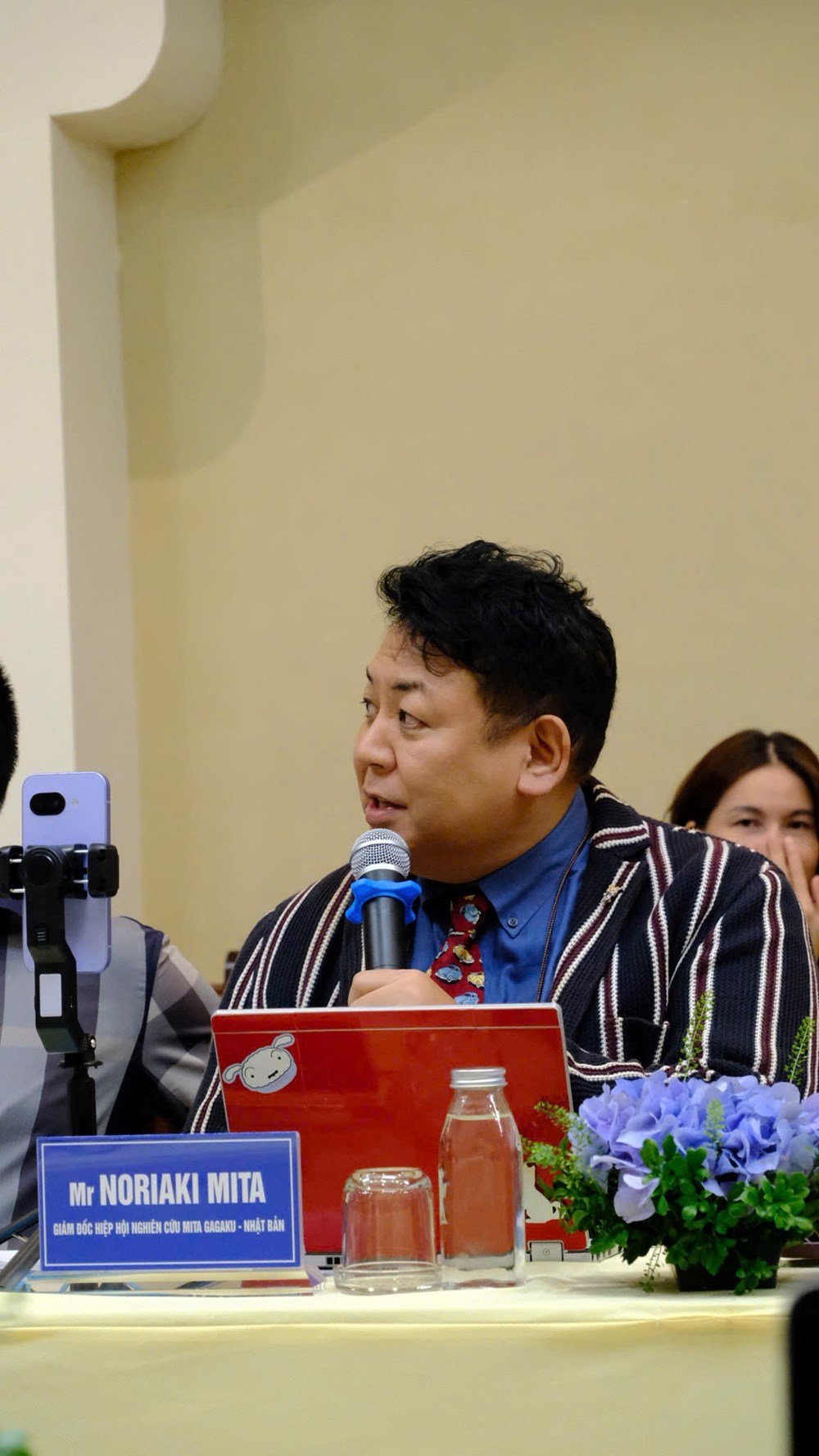
This is an urgent requirement that needs to be systematically researched and analyzed, with the participation of experts, researchers, artists and managers at home and abroad.
According to Associate Professor Dr. Nguyen Thi Thu Phuong, the workshop includes the following main contents: identifying and clarifying trends and factors affecting the development of art in the context of globalization and digital transformation; comparing international contexts and experiences with Vietnam's models and practical requirements; identifying lessons learned from international frameworks and experiences of other countries that can be applied in Vietnam; and proposing solutions and initiatives to promote the development of Vietnamese art in the coming time.
Experience from Japan and suggestions for Vietnam
Sharing experiences from Japan, Prof. Noriaki Mita Gagaku, Director of the Mita Gagaku Research Association (Japan), presented a paper with the topic: "Connecting the past, present and future of Gagaku art" .
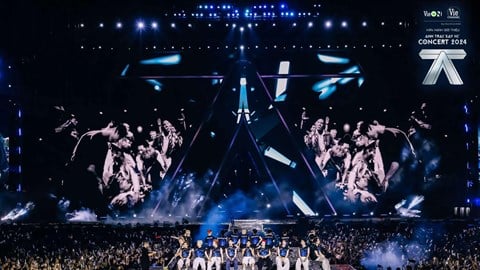
“Gold mine” for developing cultural industry
“Gagaku is a traditional Japanese art form. It is very difficult to sell tickets for performances nowadays. As a result, the ticket prices are very low, making the artists’ lives difficult. Since the 1990s, we have been holding concerts using the classical material of Gagaku. From there, we realized that traditional art can become a new form of entertainment by inviting the audience to participate, increasing interaction – and the public has responded very well,” he said.
From his 2010 study of traditional Cham performing arts in Vietnam, Professor Noriaki Mita Gagaku said that modern Cham music – in terms of the instruments – reflects forms that only appeared after the medieval period. Some dance movements performed by the Cham are very similar to those preserved in Rinyū-gaku Bugaku in Japan – a dance originating from ancient Champa.
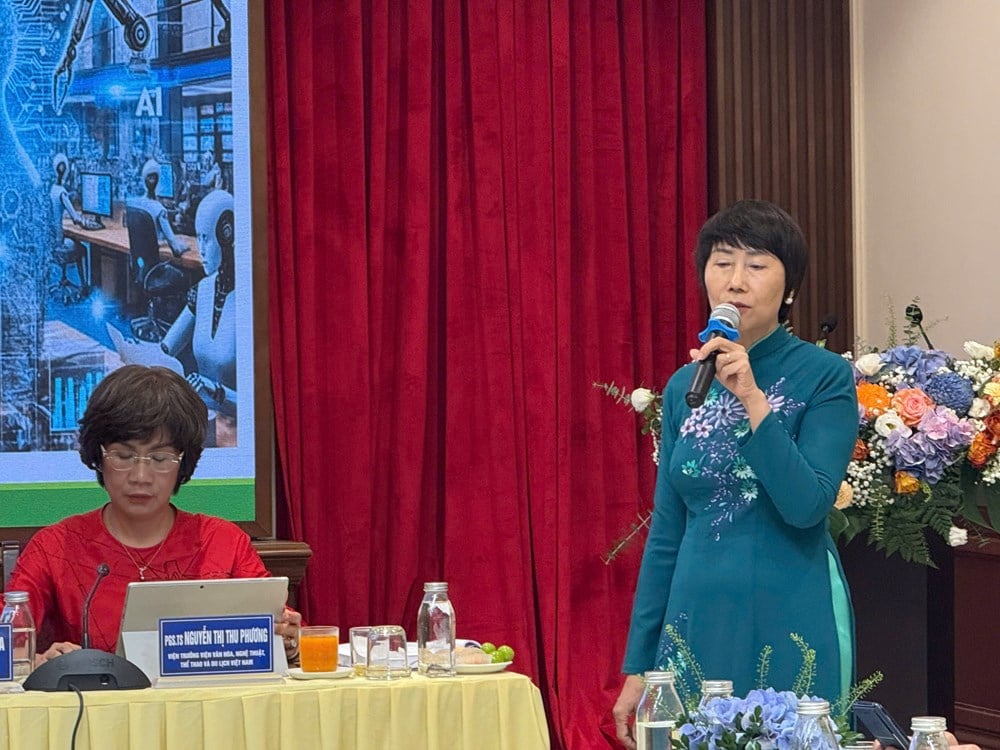
According to him, the similarities between Vietnamese Cham dance and Japanese Rinyū-gaku Bugaku show a deep historical connection, opening up opportunities for Vietnamese artists and scholars to research, compare and develop classical dance traditions. Maintaining, teaching and introducing Gagaku to the international public, tourists, as well as cross-border cooperation is the way to preserve the “art of living”, while creating a foundation for new creations based on classical values.
Studying international success, Professor Tu Thi Loan, Vietnam Institute of Culture, Arts, Sports and Tourism, draws lessons for Vietnam.
According to her, Japan is the leading country in Asia in shaping a digital transformation strategy associated with cultural and artistic development. The Japanese Government issued the “Society 5.0” Vision in 2018, integrating digital technology into cultural life – considering it the pillar of a super smart society.
Japan always focuses on building a legal corridor for digital creation, and has issued a revised Law on Digital Copyright to protect copyright in the online environment, especially for artists using AI, NFT or blockchain technology in their creations.
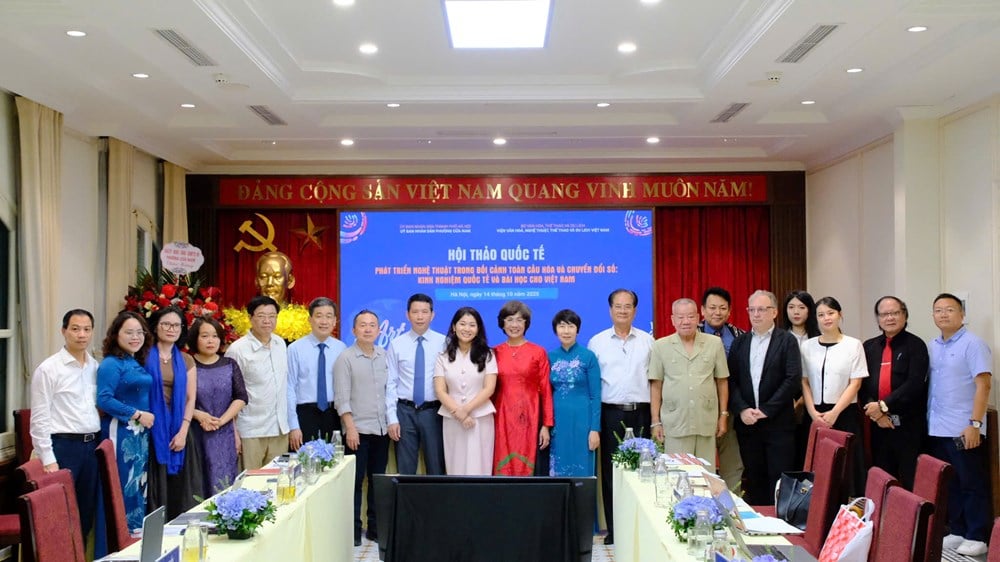
Many policies to promote the application of technology in the art field have been implemented synchronously since 2020.
Professor Tu Thi Loan said that in the context of digital transformation taking place strongly around the world, the development of the arts is not only a technological issue but also a challenge in terms of institutions, policies and cultural management capacity.
Experience from other countries shows that digital transformation in the arts sector can only be successful when placed within a national strategy on culture - technology - creativity, with the leadership of the State, the proactive participation of the private sector and the accompaniment of the artist community.
From international practice, it can be seen that building a digital art ecosystem requires consistent policies on investment in technology infrastructure, development of creative human resources, copyright protection in the digital environment, as well as mechanisms to support innovation and cultural startups.
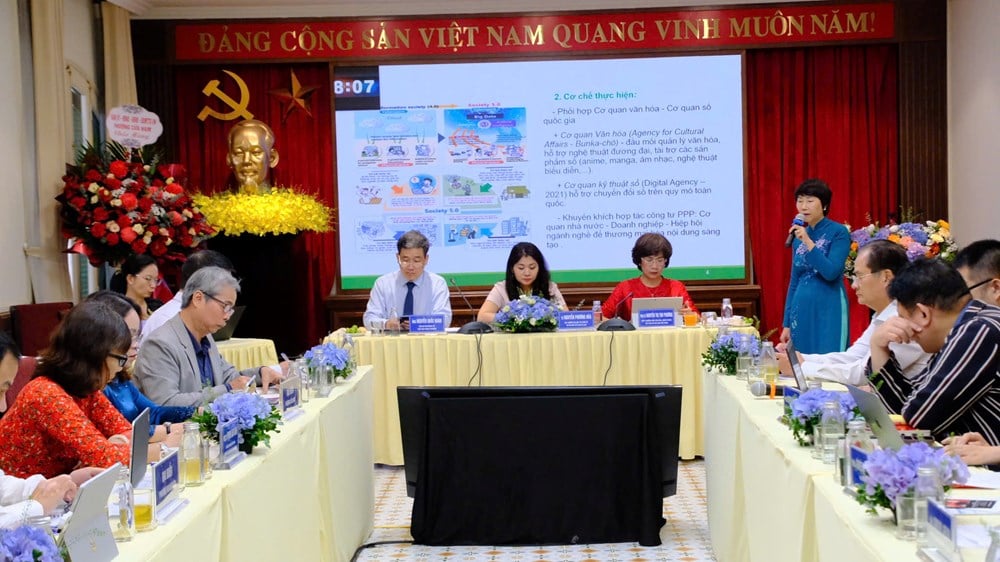
In particular, promoting online art platforms, developing museums - theaters - digital art spaces and connecting with the digital content industry is a direction in line with current trends.
For Vietnam, the important lesson is to consider digital transformation in the arts as an organic part of national cultural digital transformation, linked to the Strategy for the Development of Cultural Industries and the National Digital Transformation Program.
Perfecting institutions, investing in infrastructure, training digital creative human resources, along with policies to support startups and international cooperation, will be prerequisites to help Vietnam build a modern, open, integrated and unique art scene in the digital age.
Source: https://baovanhoa.vn/van-hoa/dinh-hinh-tuong-lai-nghe-thuat-viet-nam-trong-ky-nguyen-so-174599.html


![[Photo] National Assembly Chairman Tran Thanh Man receives First Vice Chairman of the Federation Council of the Federal Assembly of the Russian Federation](/_next/image?url=https%3A%2F%2Fvphoto.vietnam.vn%2Fthumb%2F1200x675%2Fvietnam%2Fresource%2FIMAGE%2F2025%2F12%2F02%2F1764648408509_ndo_br_bnd-8452-jpg.webp&w=3840&q=75)

![[Photo] Worshiping the Tuyet Son statue - a nearly 400-year-old treasure at Keo Pagoda](/_next/image?url=https%3A%2F%2Fvphoto.vietnam.vn%2Fthumb%2F1200x675%2Fvietnam%2Fresource%2FIMAGE%2F2025%2F12%2F02%2F1764679323086_ndo_br_tempimageomw0hi-4884-jpg.webp&w=3840&q=75)



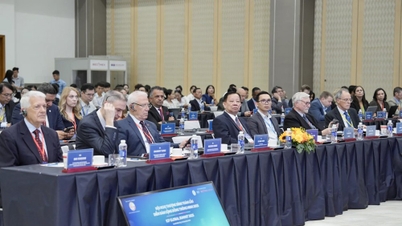

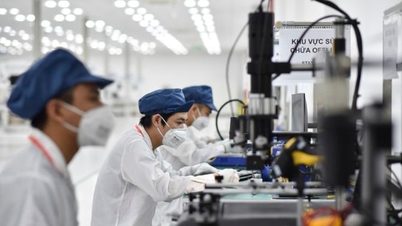
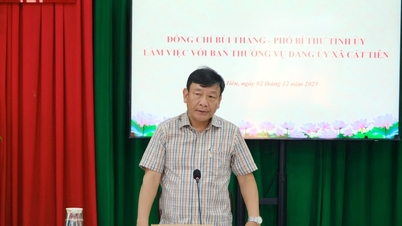

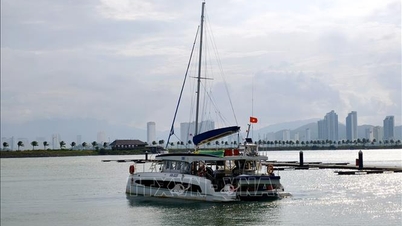

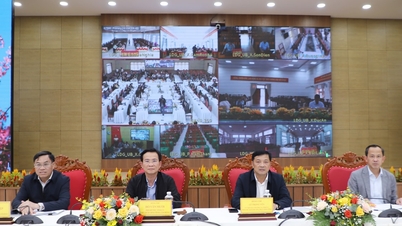
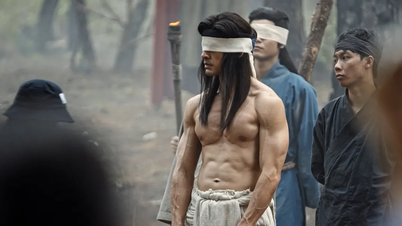

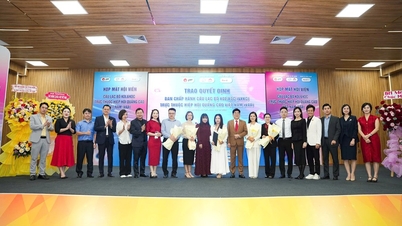
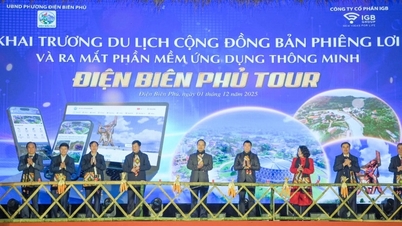



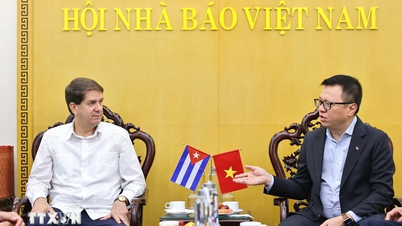

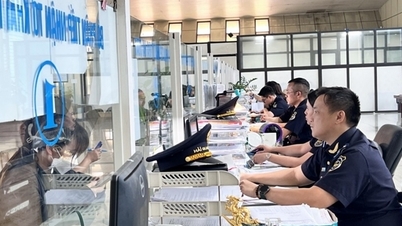




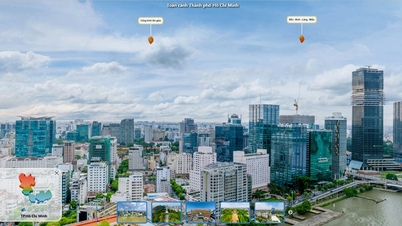





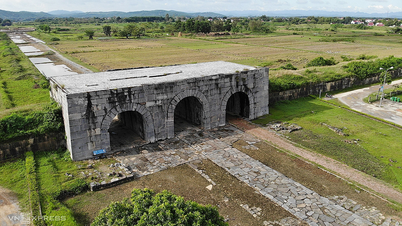




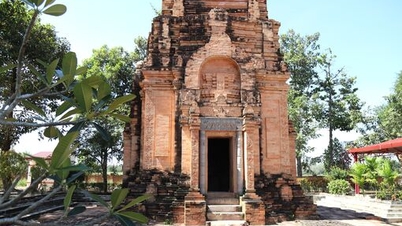

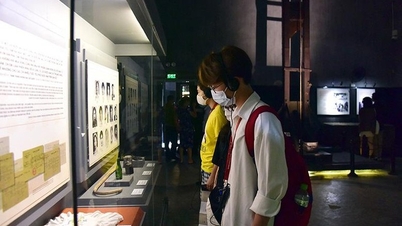
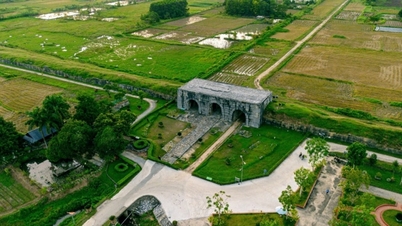
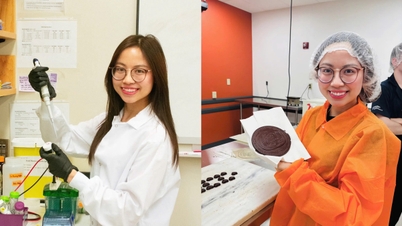

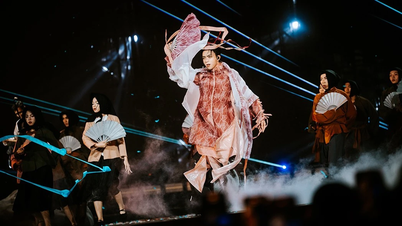

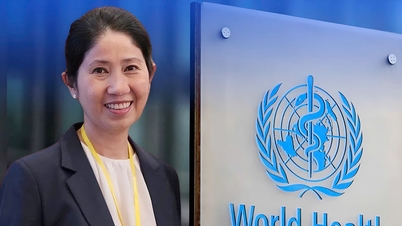


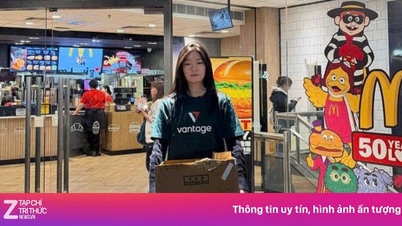

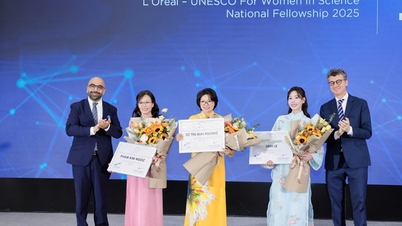


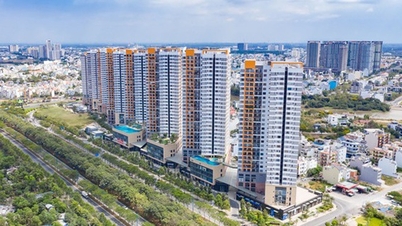




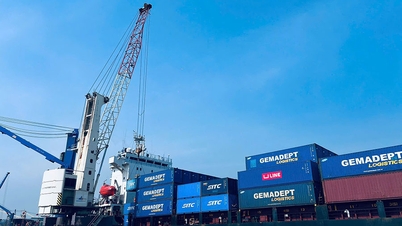







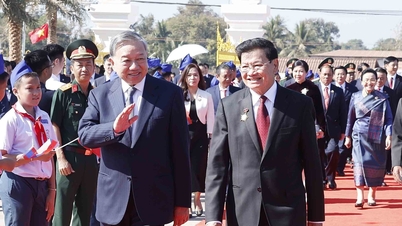




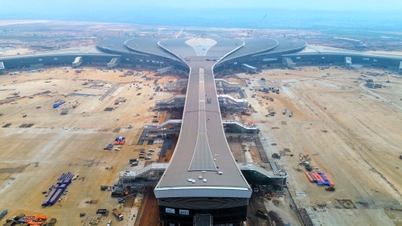

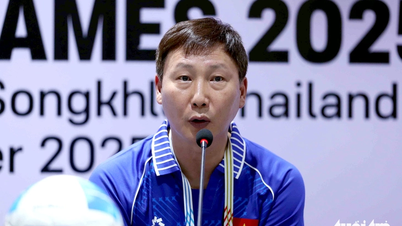

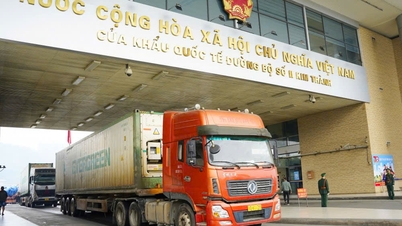

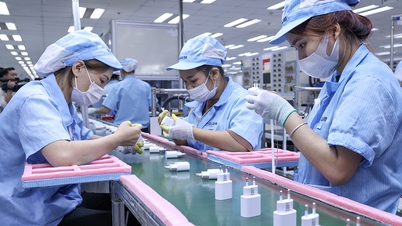
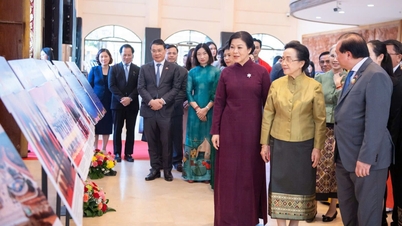


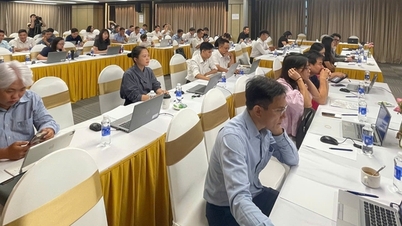

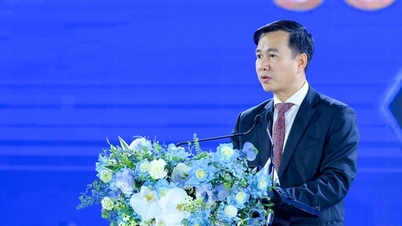
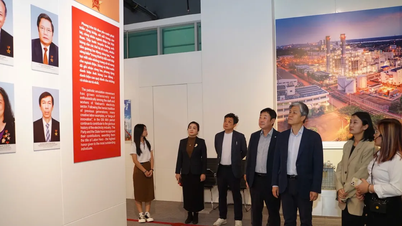


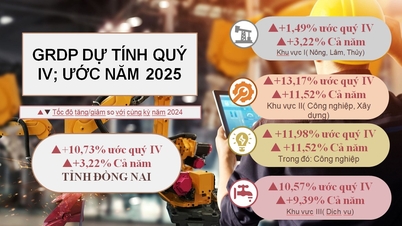





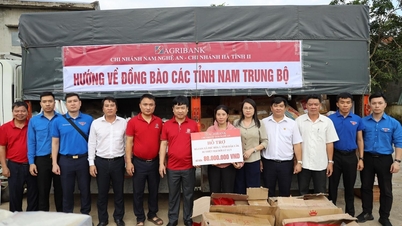














Comment (0)